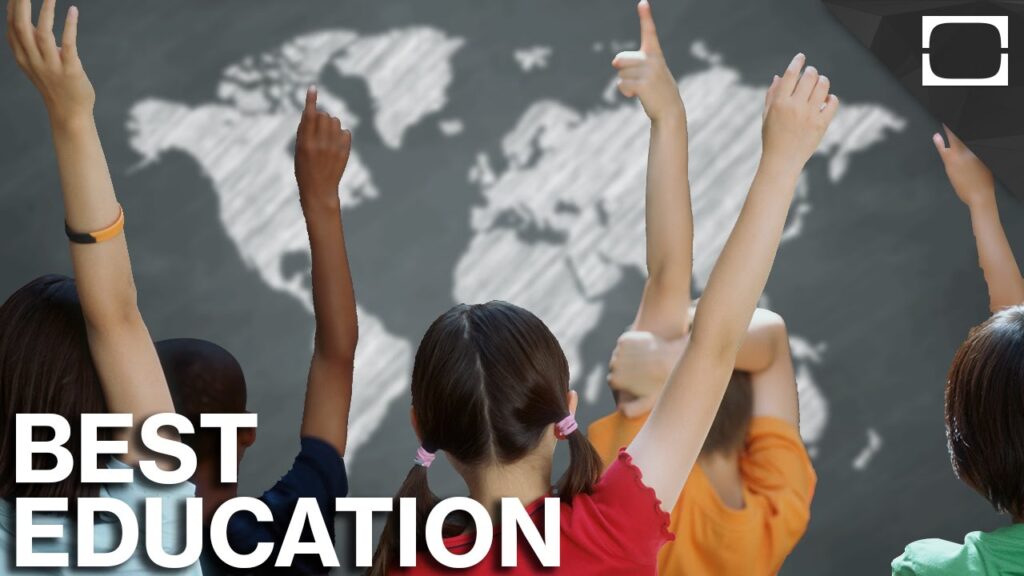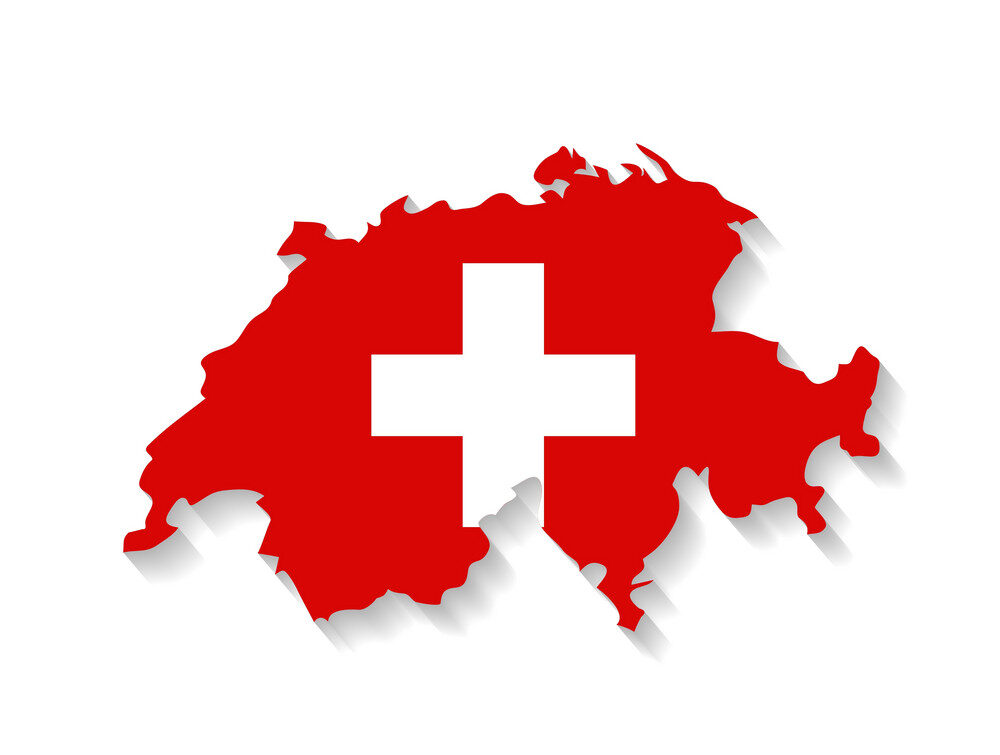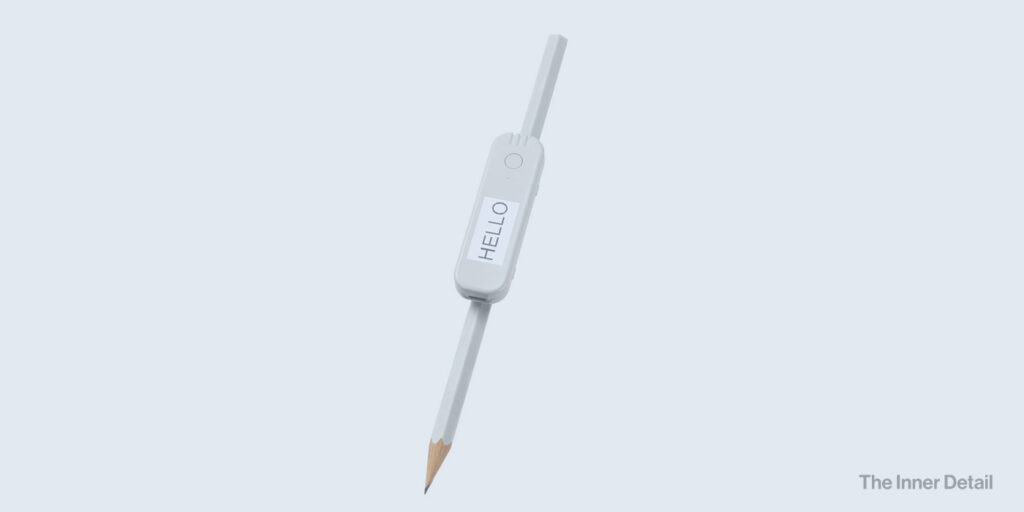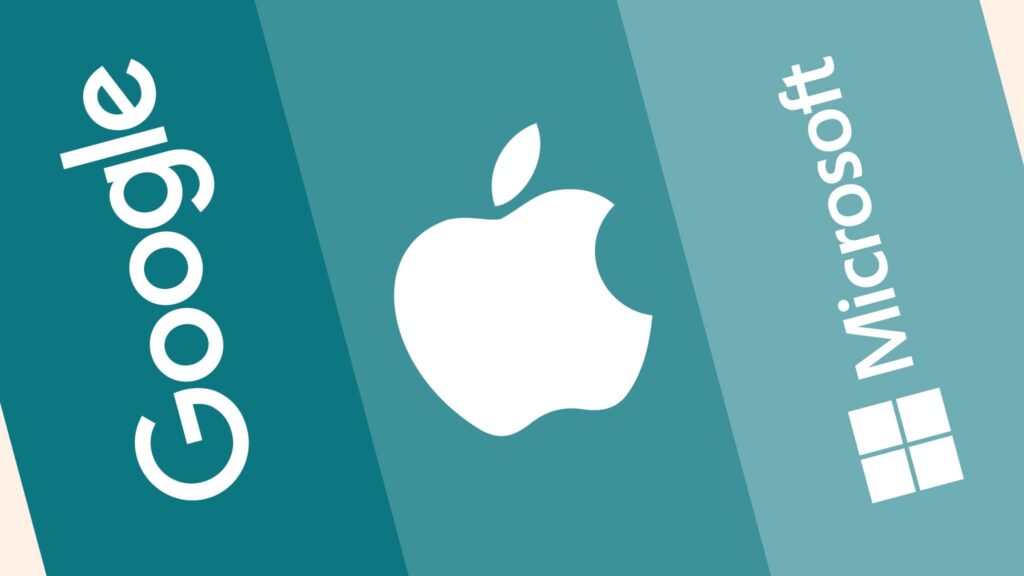Usually we might had come across the saying, ‘educated idiots’, least a time. Frankly to the saying, most of the people nowadays are misdirected in the search of education and knowledge. Educational system prevailing now produces product capable of just vomiting out the input, most in case theoretically. Education is not as like as now, is imposed into the students. The consideration of ‘how to learn’ have to succeed in the system of ‘what to learn’.
Before coming to this statement, first let’s all think of a quiet basic difference between studying and learning. Studying without learning is as just name sake and this is what happening in most schools and colleges. The society values only the certificates than persons’ skills. We may stop studying but we never stop learning! Learning is a life skill, unfortunately less preferred to studying. Now, as said before in bolds, along taking account ‘what to learn’, its as much important to certain ‘how to learn’. To not take much time in the intro of the blog, Practices and Experiences are the best sources of learning.
Top 3 Consistently Performing Best Educational Systems
How? – Sorting the best:
Annually, the job of sorting out the best educational systems in the world is performed by World Top 20 Education poll. World Top 20 is a project frequented by NJ MED (New Jersey’s Minority Educational Development). The committee analyses outcomes from 6 international organizations and sorts out the best, each year.
The outcomes are those of students’ and listed out age-wise to outline from all sequential developments, starting from 3 year to 25 year people. The basis of listing out is as follows for your reference:
- Early Childhood Enrollment Rates for 3 to 4 year old
- Primary Completion for 6 to 11 year old
- Lower Secondary Completion for 11 to 14 year old
- High School Graduation Rates for 14 to 18 year old
- College Graduation Rates for 18 to 25 year old
- Primary Test Scores for 6 to 11 year old
- Lower Secondary Test Scores for 11 to 14 year old
- School Safety Levels for 3 to 25 year old
- Out of School Children Ages 3 to 14 year old
- Adult Illiteracy Levels for 15 year old and up
By taking all these into account, the NJ MED confirms the best systems. In the same aspect, the below hinged three countries are the so-called best ones as of 2019.
Let’s get into why and how they had achieved so! (body of the blog)…
FINLAND:
Finland manages to be top-listed in the world to create intelligent younger minds, each year. It holds the first place in WorldTop20 Education poll & Programme for International Student Assessment (PISA).
Finland’s Education system is categorized as:
- Early Childhood Education & Care (from 8months to 6years old)
- Basic Education (from 7years to 16 years old)
- General Upper Secondary Education (from 16years to 19(or)20 years old)
- Tertiary Education (Masters Degree)
- Professional Development (Adult Education)

3 Reasons for its Educational Supremacy:
1. Rules & Suggestions by Government:
Finland mainly focusses on mathematics, science and reading. It believes that best education can be imparted along the development of the brain. The early childhood Education & care starts admitting wards from 8 months to 6years. A child may get into it, but it is highly advised & 90-95% parents follow. The belief is so because, the neurological research says, 90% of development of brain happens within 5 years of birth. Even, the government provides 3 books to parents, one for father, one for mother and other for child, in view of encouraging to read.
2. Absolute free Education with lunch:
More than 90% of schools in Finland functions under Municipality (Govt.) and no tuition fee or any kind of fee is charged. The system also provides free school trips and lunch. There are seldom private schools but, the government is crystal clear that all private schools can function only if under law; i.e., not allowing them to charge tuition fees and ordering to provide lunch. Mostly private schools are faith-based or Steiner schools. All schools are prohibited to admit children based on any selection criteria.
3. A Flexible and relaxing atmosphere:
Flexible in the sense, it lets the student to choose his upper secondary education of his/her interest and one may choose his level of difficulty in academic courses, i.e., advanced curricula is availed, wherein different levels of difficulty is pertained to choose at the beginning of the course and before appearing matriculation exam. Grading system is used ranging from 4-10 and is purely co-operative oriented and not competitive-oriented. Schools give least homework and encourage to have field work or outside work.
Know more about Finnish Educational System here..!
SOUTH KOREA:
South Korea generates highly educated people each year and is one of the top performing OECD countries in reading, mathematics and science. It produces highest educated labor forces in the world. The country and parents drive the children immensely to get obsessed with education, so called “education fever” country.
The country’s typecast of education is opened for view below:
- Kindergarten
- Primary Education (Grades 1 – 6)
- Secondary Education (Middle and High school : 7 – 12 Grades)
- Higher Education (Universities & Colleges)
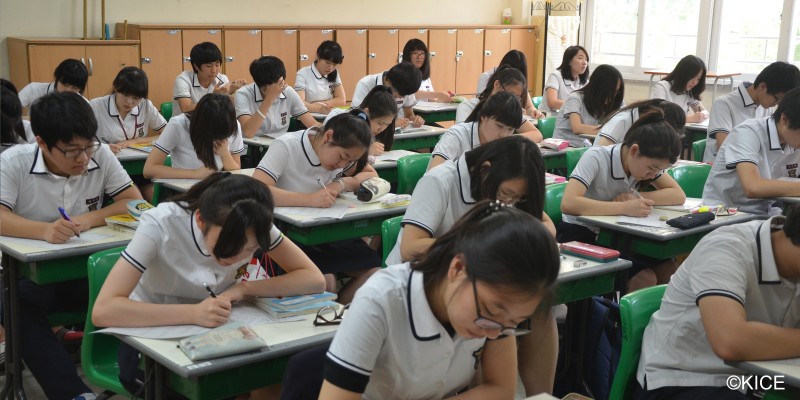
3 Main Reasons to ‘Education fever’:
1. Rigid Education:
South Korea, having both public and private schools, cultivates the children to fit into a strict way of pursuing the education. Education starts early at three years and mold the children to get used to Math, English, Science alongside playing. The English-speaking atmosphere at the kindergarten itself, makes the child to get adhered to the kind.
At the secondary education, the ward is given immense pressure especially on high school days, (wherein the students are allowed for only 2-3 hours of sleep until 2010, a self-study approach from 6 PM to 3AM, throughout the midnight, called ‘Yaja’) and are forced to wakeup at 5AM.
2. System & Parent’s ‘Belief & Approach’:
The environment in the country encourages and respects only the students of higher education, especially in top privileged universities in the country. Competitive war exists, where parents pressures the children to be an educated laborer. Almost 90% of the parents, drag the student to get into any one of ‘SKY’ (abbreviation of top 3 best and privileged universities in the country: ‘Seoul National University, Korea University and Yonsei University’). The wards, themselves are motived to be intellectual laborers, since inflicted to similar tone, from early ages.
3. Extra Private Tutors – ‘Hagwon’:
High above 95% of students attend tutoring agencies called ‘Hagwon’, after school hours. These are independently owned and accounts to converging Math, Korean and English aspects in some tutors and also as a whole private tutor for didactic improvement. The tutors may go as late as 2AM, from the evening and it is encouraged by Ministry of Education and parents.
JAPAN:
Japanese are intellectual, technical-minded, polite and have a good health, is a well-known fact. The main attribute to this is their cool education system. Education system of Japan accounts the large responsibility for stirring up the country from tragic World War-II bluff. Japan regulars one of the top five positions in the OECD & PISA examinations.
Japan’s Education is pigeonholed as follows:
- Elementary School (Grades 1- 6)
- Junior High School (Grades 7 – 9)
- Senior High School (Grades 10 – 12) / Vocational Programs
- Higher Educations: Universities & Junior Colleges (or)
- Tertiary Educations: Colleges of Technology & Special Training Colleges
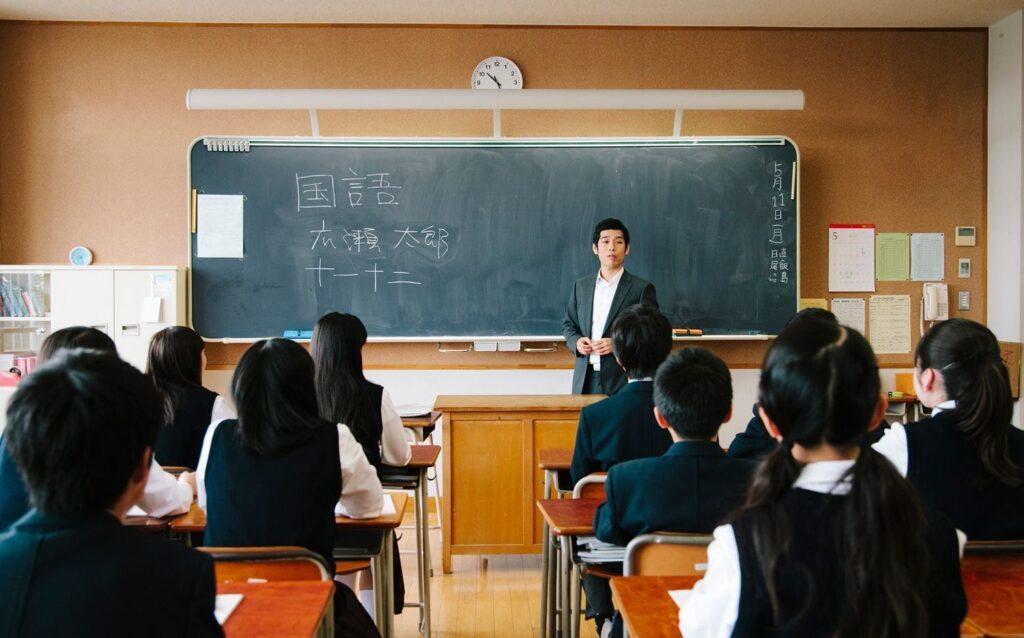
3 Reasons for Japanese accountabilities:
1. Alleviating Schools and bred Teachers:
Japanese schools have a quiet alleviating space, having an average of 38 in a class and following no strict rules than attendance. Children are taughtto respect other people and to be gentle to animals and nature. They also learn how to be generous, compassionate, and empathetic. Besides this, the kids are taught qualities like grit, self-control, and justice. Students almost 99%, wear uniform and practiced to share their lunch in the classroom.
Most teachers are well skilled and from a 4-year college and easy-going with the students. Teachers also may take up other sources of teaching like online courses. English is obsessive in the country from 2011 and conversed to children from Kindergarten itself.
2. Recreating Oneself & discipline:
In Japan, students are formed to groups and are assigned an activity for cleaning the classrooms like sweeping, mopping and wiping, as an every-day task. This practice since schooling age molds them to a disciplined-man/woman. They are assigned to clubs viz., sports, music/art,
School students are supplemented by the Ministry of Education to take up an extra-curricular activity. This holds a heavy emphasis on admission to universities through formal examinations, and is named ‘shadow education’. Almost 86% of the senior high school wards take up a single shadow education, while 60% in two or more. For instance, ‘Juku’ falls under this and is private tutors for enriching the minds of knowledge of students.
3. Understanding and Science & Technology dominance:
As Japan is foremost science & technology realm economy, it educates and encourages the students, who wills to prefer this realm to conventional academic classes. The vocational programs in the country are well-expertise and almost 50% sort here after Junior High School.
The wards who are unbiased to the normal academic way are noticed and encouraged to try up their desired vocational courses. They are given maximum opportunities to find their wish and are spurred to excel in that. Thus, they guide slow-learners to be influenced.
“Education is the key to success”
References :
